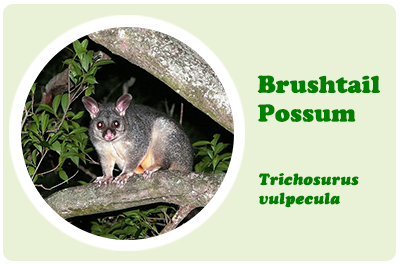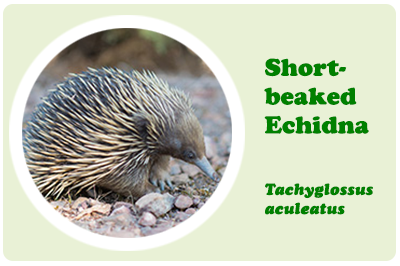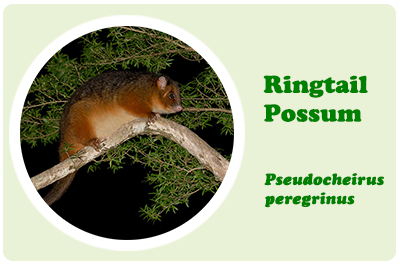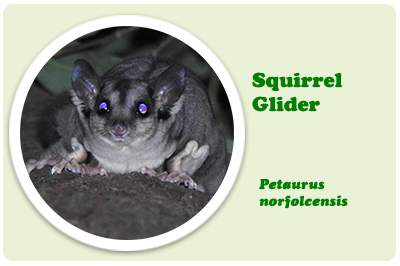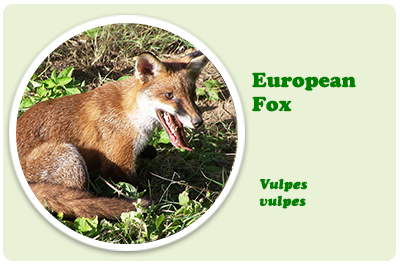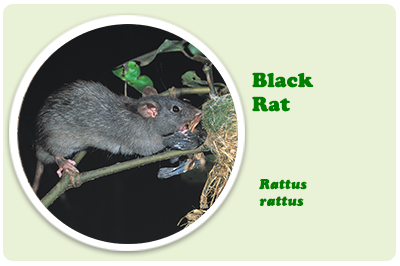Mammals are endothermic (warm-blooded) vertebrate animals whose body is partially or wholly covered in hair or fur. Female mammals have mammary glands which they use to suckle young with milk.
There are three types of mammals:
1. Monotremes are egg laying mammals e.g. platypus (Ornithorhyncus anatinus), echnidna (Tachyglossus aculeatus)
2. Marsupials are mammals that carry their babies in a pouch e.g. koala (Phascolarctos cinereus), kangaroo (Macropus spp.)
3. Placental mammals nourish the developing fetus via a placenta, until the live birth of a fully developed offspring occurs e.g. humans.
Australia is well-known the world over for its unique mammal species. Over 80% of species are found only here in Australia (endemic). This can in part be attributed to our geographic isolation over millions of years.
A number of Australia’s mammals have suffered declines in population due to:
- A Large scale clearing of habitat
- Competition from introduced species (e.g. sheep, cattle, foxes, cats)
- Exploitation by humans (e.g. taking too many)
- Pollutants such as fertilisers, pesticides and herbicides.
Did you know?
The Tasmanian Tiger or thylacine was the largest native carnivorous marsupial in Australia. Despite ranging over much of Tasmania and mainland Australia, the thylacine is now believed to be extinct. The last known specimen died in Hobart zoo in 1936.
